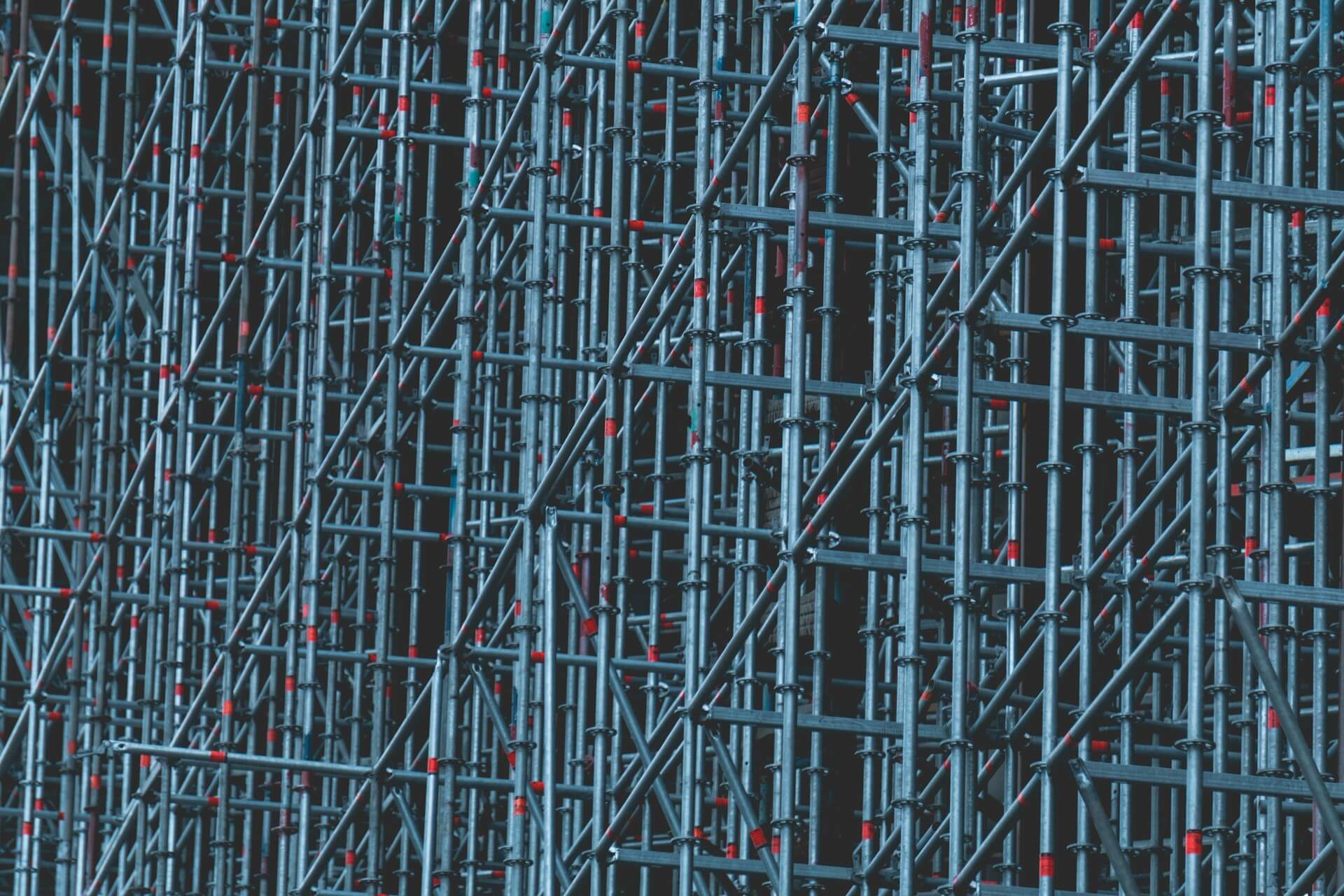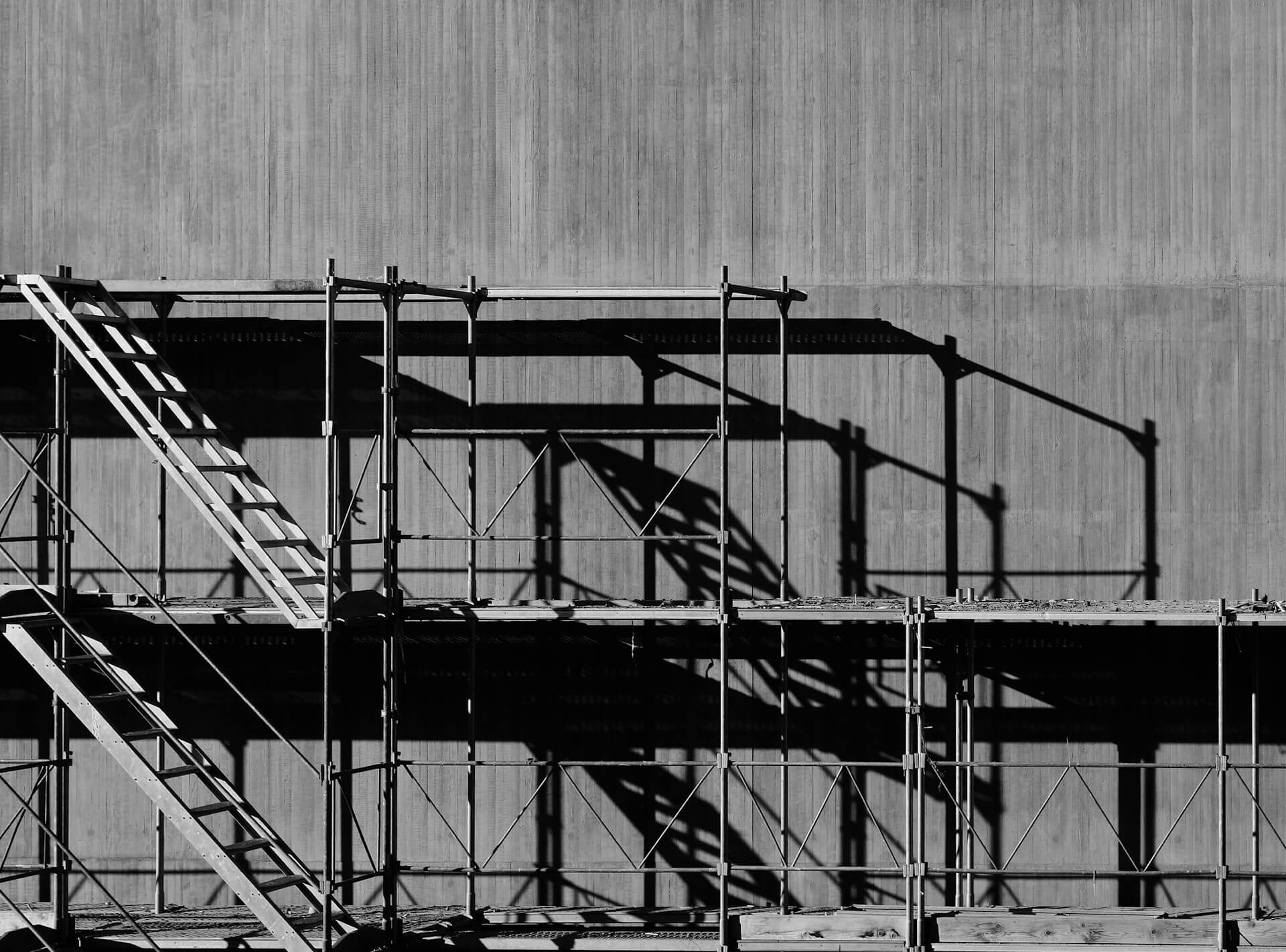Working at height comes with serious challenges. And when it comes to high-rise scaffolding in Sunderland, safety, planning, and experience are everything.
Whether it’s a block of flats in Hendon, a commercial unit in Pallion, or a tall housing development in the city centre, high-rise scaffolding requires specialist equipment and skilled professionals.
At Scaffolding Sunderland, we’ve supported tall structures across the region with safe, compliant, and cost-effective access solutions. In this guide, we’ll walk you through what’s involved, what to consider, and how to find the right team for the job.
What counts as high-rise scaffolding?
In simple terms, any scaffold that goes beyond three storeys is considered high-rise.
This includes:
- Flats or apartment buildings
- Student housing blocks
- Office buildings and commercial units
- Industrial facilities with tall structures
- Hotels and care homes with multiple floors
The higher the scaffold, the more planning is required. Wind load, weight distribution, access points, and emergency routes all become more complex.
Key challenges of high-rise scaffolding
High-rise projects aren’t just taller versions of domestic scaffolds. They come with unique risks and technical requirements.
Wind pressure
The higher you go, the stronger the wind. Scaffolds must be anchored more securely and designed to resist lateral forces.
Special measures like buttresses, ties, or extra bracing may be needed to keep the structure safe in all weather.
Load calculations
High scaffolds often support heavy foot traffic, materials, and equipment. Load-bearing limits must be carefully calculated and tested.
This ensures the scaffold can safely carry workers, tools, and construction materials at multiple levels.
Emergency planning
Evacuation and rescue planning is essential for tall scaffolds. There must be clear access points, ladders, and safety protocols in case of fire or injury.
Site supervisors should know exactly what to do if something goes wrong at height.
Design and engineering
Standard scaffold systems won’t work for high-rise buildings. A custom design is usually required.
This involves CAD drawings, engineering calculations, and often a design sign-off by a qualified structural engineer. At Scaffolding Sunderland, we work with design specialists to make sure every tall scaffold meets full TG20:21 standards.
Typical uses for high-rise scaffolding
High-rise scaffolds are used in a range of projects across Sunderland.
External refurbishments
Painting, pointing, insulation, and window replacement all require safe access at height. High-rise scaffold provides stable platforms and protection for workers and residents.
Roofing and guttering work
Taller buildings need scaffold platforms for roof inspections, repairs, or full replacements. Scaffold can also be used to install or maintain roofline systems and guttering.
Cladding and insulation projects
External wall insulation and fire-safe cladding replacements are now common, especially in older housing stock and post-Grenfell compliance work.
Window and façade replacement
Window upgrades in tall buildings require scaffold access at every floor. This allows installers to work safely while protecting tenants and passers-by below.
New builds
High scaffolding is also used in the construction of new multi-storey buildings, including student flats, city centre developments, and commercial units.
Safety requirements for high-rise scaffolding
Working at height involves strict safety regulations. These rules are even more important on tall buildings.
Compliance with TG20:21
All high-rise scaffolds should be built to TG20:21 guidelines or approved by a qualified engineer.
This ensures the structure can withstand wind pressure, weight loads, and environmental factors.
Regular inspections
Tall scaffolds must be inspected before first use, every seven days, and after extreme weather or changes to the setup.
A qualified inspector should complete a written report and keep records for a minimum of three months.
Public protection
In public-facing projects, edge protection, netting, debris chutes, and warning signage are all required.
If the scaffold is next to a pavement or road, additional permits and safety measures must be put in place.
Trained operatives
All workers involved in erecting and using the scaffold must be properly trained. This includes CISRS-certified scaffolders and contractors with Working at Height training.
At Scaffolding Sunderland, every member of our team is fully trained, insured, and qualified for high-risk access work.
Do high-rise scaffolds need council approval?
If your scaffold is placed on public land or footpaths, you’ll need a scaffolding permit from Sunderland City Council.
This applies to streets, pavements, car parks, and other shared spaces. For high-rise buildings, additional permissions may be required for crane use, road closures, or out-of-hours work.
We handle all permit applications for our clients and liaise directly with the council to ensure everything is in place before we begin.
How long does high-rise scaffold installation take?
Every project is different, but most high-rise scaffolds take longer to erect than standard residential ones.
As a rough guide:
- A five-storey scaffold might take 3 to 5 days to erect
- A ten-storey scaffold could take over a week
- Dismantling can take a similar amount of time depending on access and site layout
Planning and lead time are key. We always visit the site beforehand to assess logistics, delivery routes, parking, and storage.
How much does high-rise scaffolding cost?
Because these setups are complex, prices vary widely.
Factors that affect cost include:
- Height and width of the building
- Duration of the hire
- Design and engineering requirements
- Safety features like netting, access decks, or debris chutes
- Permit or traffic management needs
As a rough estimate, a five-storey scaffold for external renovation in Sunderland might cost between £4,000 and £8,000 for six to eight weeks. Larger or more complex jobs can run higher.
We always provide custom quotes after a site visit to give you the most accurate cost.
Choosing the right scaffolding company
High-rise scaffolding isn’t something to take lightly. Always choose a company with experience in tall structures and full health and safety compliance.
Here’s what to look for:
- Proven track record with tall buildings
- Design and engineering support
- Full insurance and risk assessments
- On-time installation and dismantling
- Clear communication throughout the job
Scaffolding Sunderland has completed high-rise jobs across the city. From multi-storey refurbishments to commercial builds, we understand what’s required to keep your project running smoothly and safely.
Final thoughts
High-rise scaffolding in Sunderland comes with big responsibilities. You need a partner that understands the technical, safety, and planning challenges involved.
With the right team in place, your project can move forward safely and efficiently, no matter how high you need to go.
If you’re planning a tall access job, get in touch with Scaffolding Sunderland. We’ll provide expert advice, a detailed quote, and full support from start to finish.
Book a site visit today
Need scaffolding for a high-rise project? Contact Scaffolding Sunderland for a free consultation.
We’ll visit your site, assess your access needs, and provide a full plan for safe, compliant scaffolding—no obligation, no pressure.
Let’s build safely, together.
Receive A Free Quote
Please provide your contact details here and we’ll get back to you shortly with a quote.



